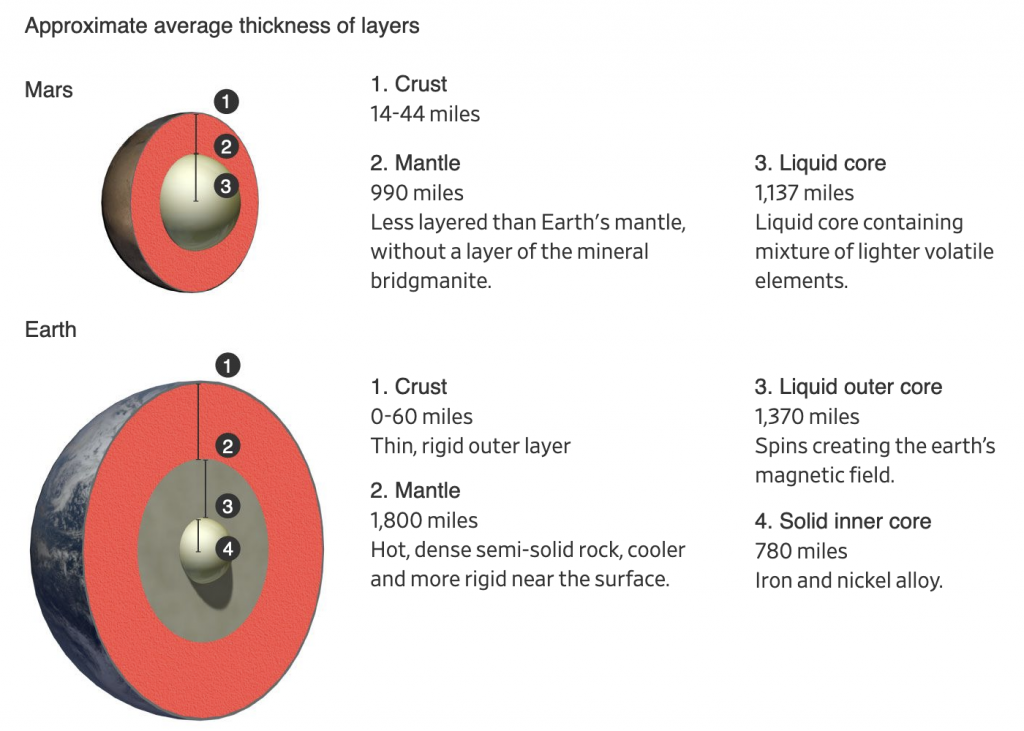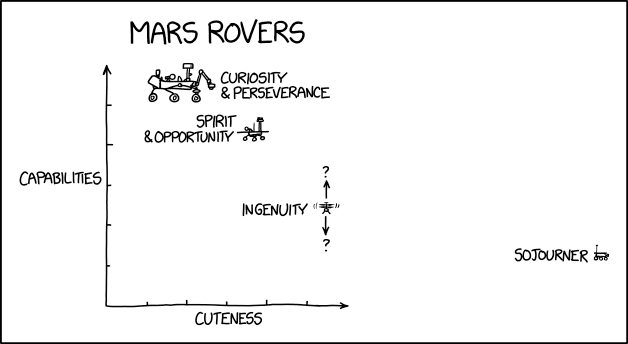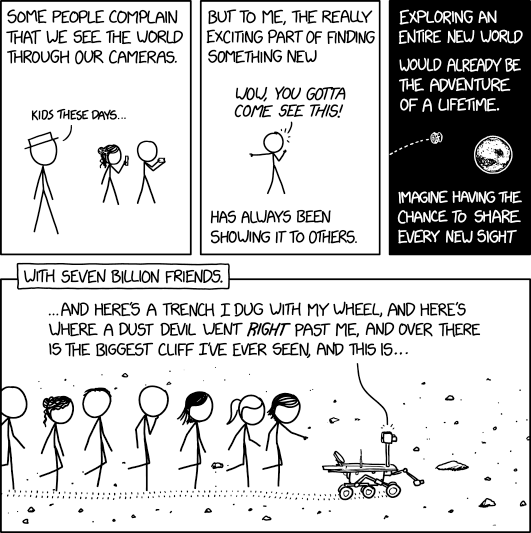Yesterday I mentioned more about revolutions, well today we’re talking about Mars, a planet that revolves around the Sun. Late last week scientists working with the InSight lander on the Red Planet published their findings. Turns out we need to rethink what we know about Mars.
First, the planet is probably much older than Earth. Mars’ composition also differs from Earth in some significant ways. InSight mapped the interior of Mars by studying the seismic waves (think like sound waves but through the inside of planets) of marsquakes.
The Wall Street Journal published a great article spelling out the findings in detail that is well worth the read. It also included some nice graphics helping to support the piece. The one I wanted to highlight, however, was a brilliant comparison of Mars to Earth.

Conceptually this is important, because many diagrams and graphics I’ve seen about these findings only detail the interior of Mars. But what makes Mars important is how it differs from Earth, and let’s be honest, how many of us remember our Earth science classes at school and can diagram out the interior of Earth?
And right here the designer compares the smaller—and now older—brother of Earth. Again, read the article for the details, but in short, some of the key findings are that the core is larger, but also lighter, than we thought. Our planet’s core differs because Earth has two parts: a solid and heavy ball of iron and nickel surrounded by a liquid core that spins. That spinning core creates the magnetic fields that protect our planet from the Sun and have kept our atmosphere intact. Mars doesn’t have that. And that’s in part because, given the core is larger than we thought, the mantle is smaller.
A smaller mantle means that certain materials couldn’t form that insulate the Earth’s core. So while Earth’s core has been prevented from cooling and slowing down, Mars was not. And so while it did have a magnetic field at one point, that slowing, cooling core slowly dissipated the magnetic field. That may be why the planet, once rich in water, now is a barren rock exposed to the Sun.
Again, this is a big deal in terms of planetary science. Consider that Earth and Mars are broadly made of the same materials that orbited the Sun billions of years ago. But Mars took those same ingredients and made itself into a very different planet. And now we know quite a good deal more about the Red Planet.
One last point to make about the graphic above. Again, many illustrations will increase the size of the crust to make it more visible. Here the designer chose to keep it more in proportion to the scale of the planets’ interiors. (Even though Mars’ crust is quite a bit thicker than Earth’s.) I think that’s important because it puts us into perspective. We can build monuments like the Pyramids that last thousands of years and dig bore holes miles deep and tunnel out connections through mountain ranges, but that also just scratches the surface of the crust. But that crust is the thinnest of shells over the mantle and cores of these planets.
That life began and took hold on Earth, on that thinnest of shells protected by a magnetic field because of a spinning molten core buried at the centre of the planet…something to think about sometimes.
Credit for the piece goes to Merrill Sherman.



